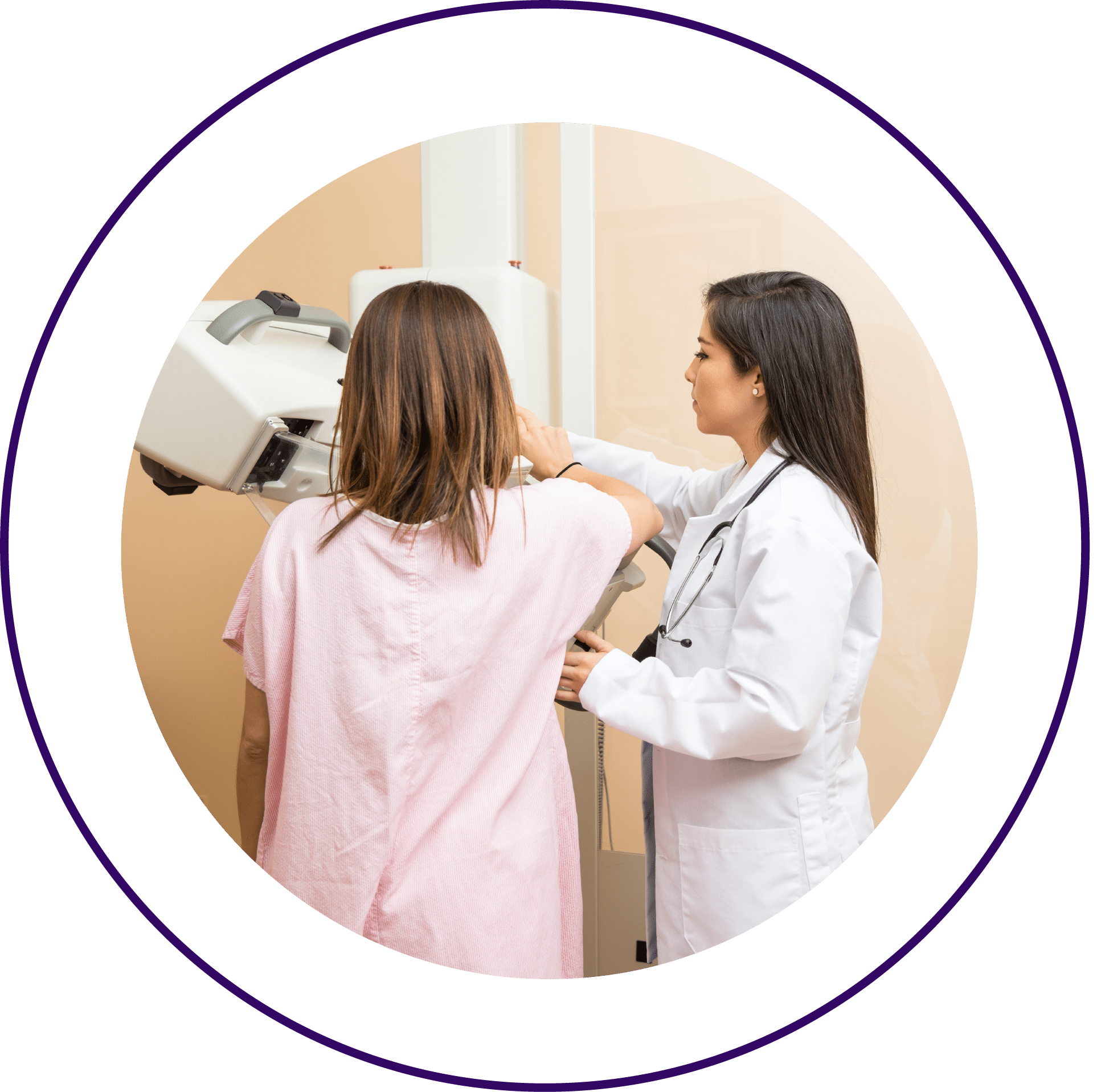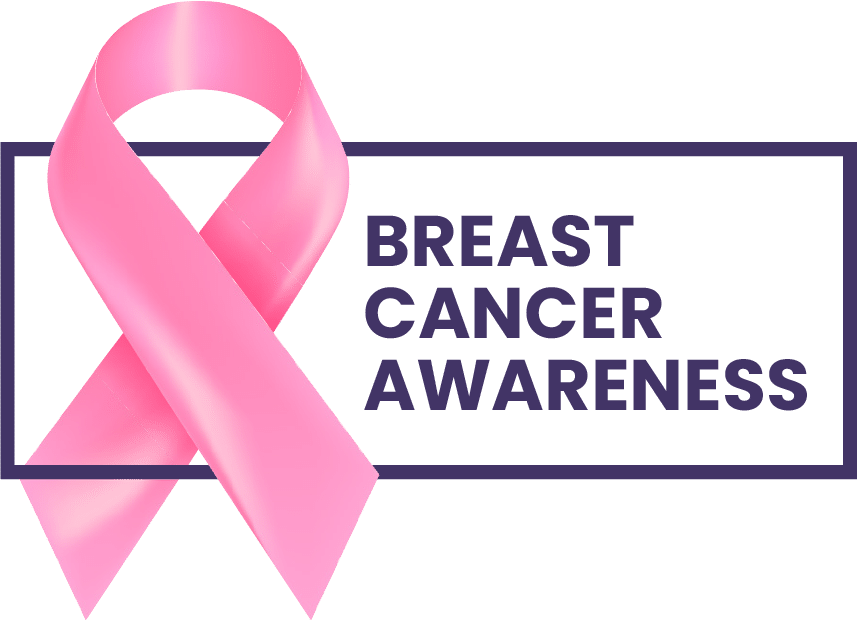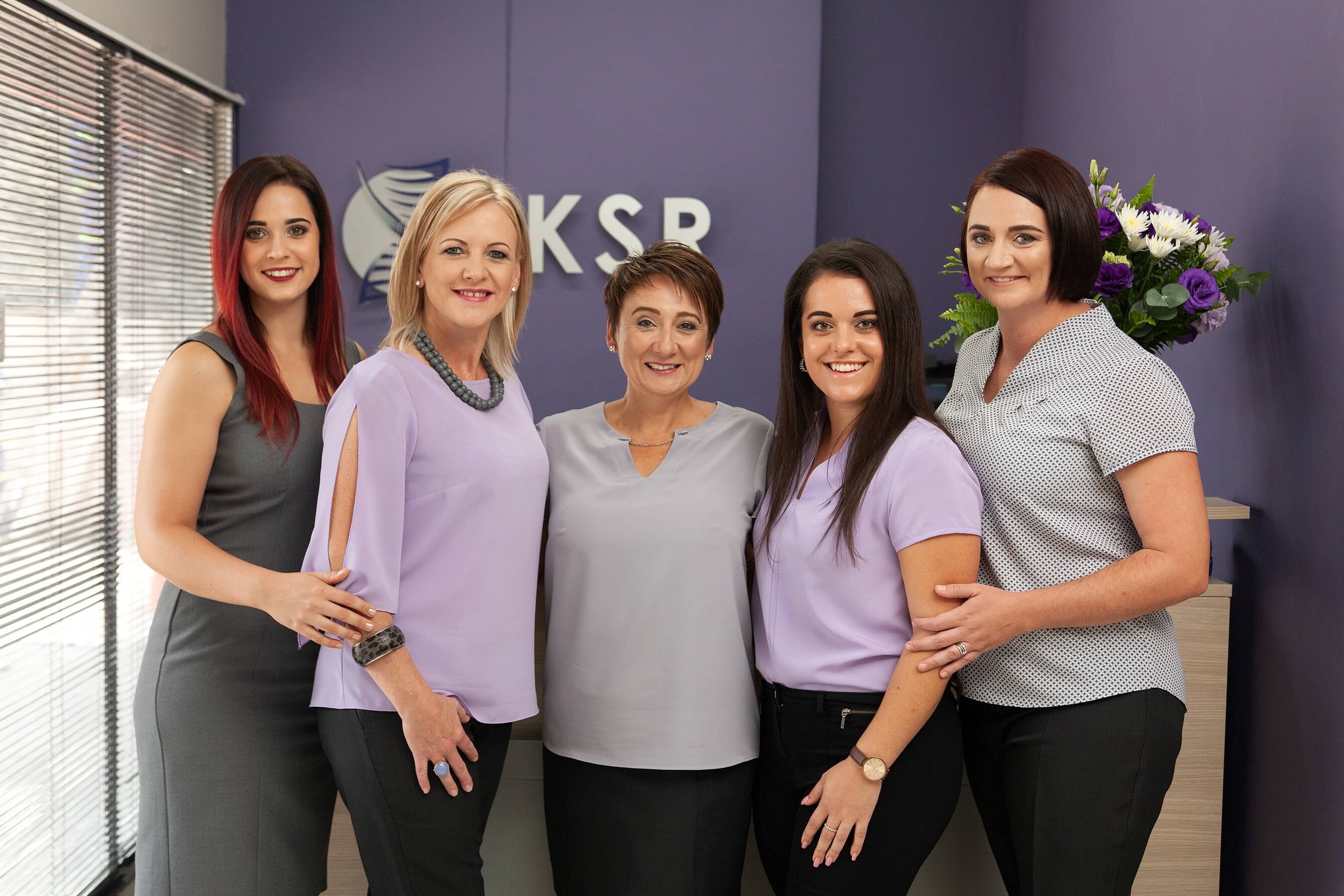Changing perceptions about Mammography
Mammography and Early Breast Cancer detection are two synonymous concepts. For many years there has been a negative stigma connected to the term “Mammography”. For some patients, due to a previous terrible screening experience and for¬¬ others due to the unfortunate news of malignancy found in the breast.
In recent years, the radiology world has aimed at making breast cancer screening everything but an unpleasant and painful experience. The stigma of horror-mammography experiences that has unfortunately been carried over from previous generations has changed dramatically.
Mammography has proven to reduce breast cancer mortality rates drastically and remains the Gold Standard for Breast Cancer screening for women over the age of 40 years. According to the 2015 American Cancer Society guideline update, early detection of breast cancer through Mammography, significantly reduces the mortality rate of women at average risk for breast cancer (2).
WHAT IS A MAMMOGRAM?
In short, a mammogram is a standard series of 4 images taken of the breast through a specialised mammogram X-Ray Machine. Full Field Digital Mammography (FFDM) combined with Digital Breast Tomosynthesis (DBT), is currently being used as the preferred method in many mammography departments across South Africa. The breast is compressed between a compression plate and a digital detector. This flattens and evens out the breast tissue, which causes the breast ducts to appear more apparent and easier to distinguish from other structures in the breast, while simultaneously reducing radiation to the breast tissue.
When adequate compression is reached, either a 2D image or Tomosynthesis scan (which acquires a 3D image of the breast), is taken. According to the Cancer Association of South Africa (CANSA) Fact Sheet on Effective Radiation Received from Routine Mammography, the average amount of radiation received during a standard mammogram is 0.4 mSv, compared to an X-Ray of the Abdomen with an average radiation dose of 6-8 mSv (3). Many patients do not realise that you will be exposed to more radiation during a flight on an aeroplane than during a mammogram.


‘I have seen thousands of patients and heard many stories in my mammography career, some of which also made the hair in my neck stand up’, explains Anri van der Westhuizen, a qualified Keystone Radiology mammographer.
For some women, a great deal of anxiety kicked in during the waiting period between the examination and receiving the results from the Radiologist. For patients who, unfortunately, had an unpleasant experience with a previous mammogram, it turned out that what made them fear a future mammogram was the fact that it was a rushed, clinical and cold-hearted experience.
From these stories and previous experiences, it is evident that each patients experience and views on Mammography are just as unique and different as they are. At Keystone Medical our staff have gone to great lengths to identify areas that impact how patients view their experience and have dedicated themselves to the attitude and expertly performed soft skills for patients to experience Mammography as pleasant.
We have put a vast amount of time, energy and planning into what we can do to make the Mammography examination a “pleasant experience”. Screening examinations such a Mammograms, need to be done with the utmost care and empathy towards patients. We have identified the importance of an inviting environment with caring, compassionate, and confident staff. A streamlined experience starts with the friendly and helpful reception staff, followed by caring and compassionate mammographers, Sonographers and Radiologists.

Our Mammographers are hand-picked individuals who directly influence each patient’s perception of their experience. Louw et al. (4) identified four factors contributing to a pleasant mammography experience. These factors include trust, care, being safe and communication.
Effective communication between the mammographer and the patient can instil a sense of trust in the mammographer, the first in a series of factors which can build a positive relationship between patient and mammographer.
A caring, patient, compassionate and competent mammographer, who takes time to explain the procedure of the mammogram and the process thereafter, answer the patient’s questions adequately, continually communicates during the examination, and has empathy with her patient during this process, will immediately alleviate patient discomfort, embarrassment, anxiety and fear. These skills are instilled into every aspect of the Mammogram experience that you will receive at any of our nationwide Keystone branches.
At Keystone Medical our team focusses on virtues of dedication, observance, maturity, tolerance, and a surrounding calmness during the mammogram examination, contributing towards patients having a mammography experience that is different from any they have had before.

The role of the mammographer has evolved into something far more significant than just breast imaging; it has taken on a multi-faceted role. We aim for our mammographers to become their patients’ confidants, being trusted with confidential information and to others, being a counsellor about their greatest concerns, anxieties, fears, and uncertainties.
A mammographer’s role stretches too much wider scopes of practice than just being a Technologist. While most patients will receive the good news (too much of their relief) of a clear and normal Mammogram, there are times where patients will, unfortunately, receive the terrifying news of being diagnosed with breast cancer. This is where empathy, patient guidance and effective communication come into play.
Arranging the necessary additional procedures like biopsies, conveying biopsy results confidentially and compassionately, answering questions, providing emotional support, and arranging referrals to other specialists in the multidisciplinary breast cancer team, are all part the holistic package that we offer at Keystone.
Therefore, take confidence in your Keystone Mammographer. She is an individual who takes pride in her work and holds all the necessary skills to handle you with the utmost professionalism, care, empathy, and patience to change your negative perception about Mammography into a wonderful experience!
Make a booking
REFERENCES
- National Cancer Registry, South Africa. Ekurhuleni Population-Based Cancer Registry Annual 2018 Report. Available from: https://www.nicd.ac.za/centres/national-cancer-registry/ [Accessed on 15th September 2020].
- Oeffinger KC, Fontham ETH, Etzioni R, et al. Breast Cancer Screening for Women at Average Risk: 2015 Guideline Update from the American Cancer Society. JAMA. 2015;314(15):1599–1614. DOI:10.1001/jama.2015.12783. Available from: https://jamanetwork.com/journals/jama/fullarticle/2463262 [Accessed on 19th September 2020].
- Cancer Association of South Africa (CANSA). Fact Sheet on Effective Radiation Received from Routine Mammography. Available from: https://www.cansa.org.za/files/2017/04/Fact-Sheet-Effective-Radiation-Received-from-Routine-Mammography-April-2017.pdf [Accessed on 15th September 2020].
- Louw, A., Lawrence, H. & Motto, J., 2014, ‘Mammographer personality traits – elements of the optimal mammogram experience’, Health SA Gesondheid 19(1), Art. #803, seven pages. Available from: https://hsag.co.za/index.php/hsag/article/view/803 [Accessed on 13th September 2020]

